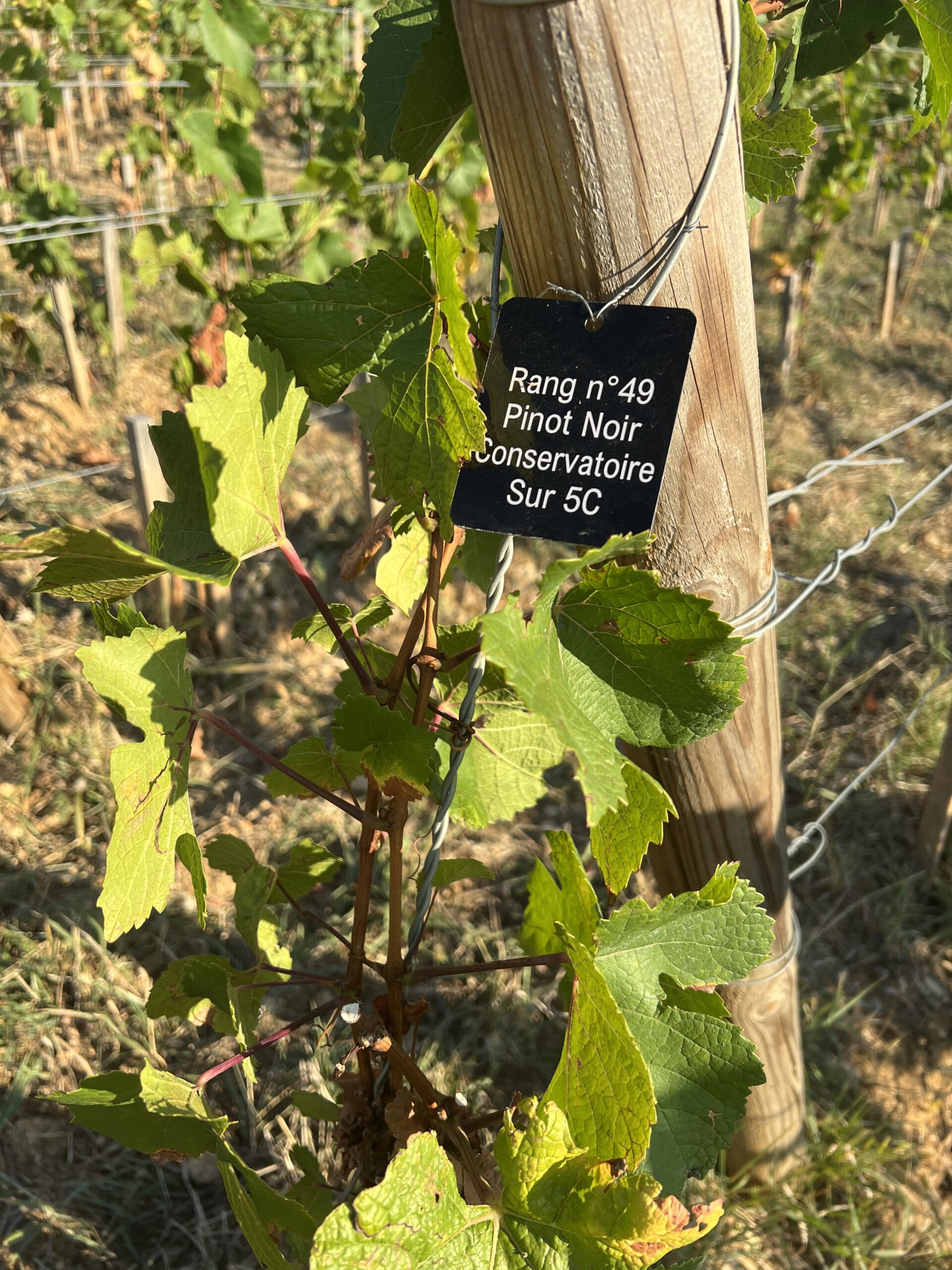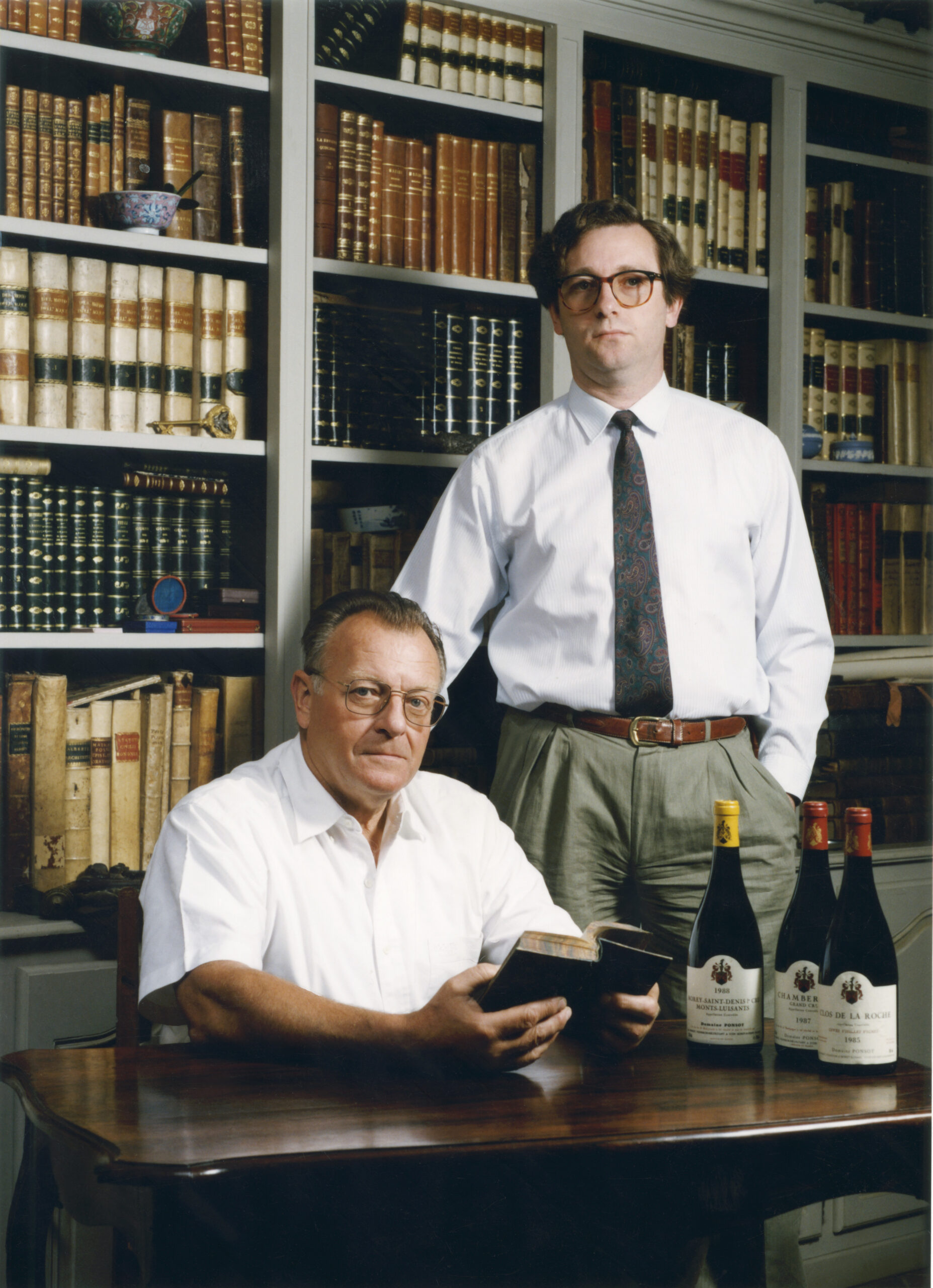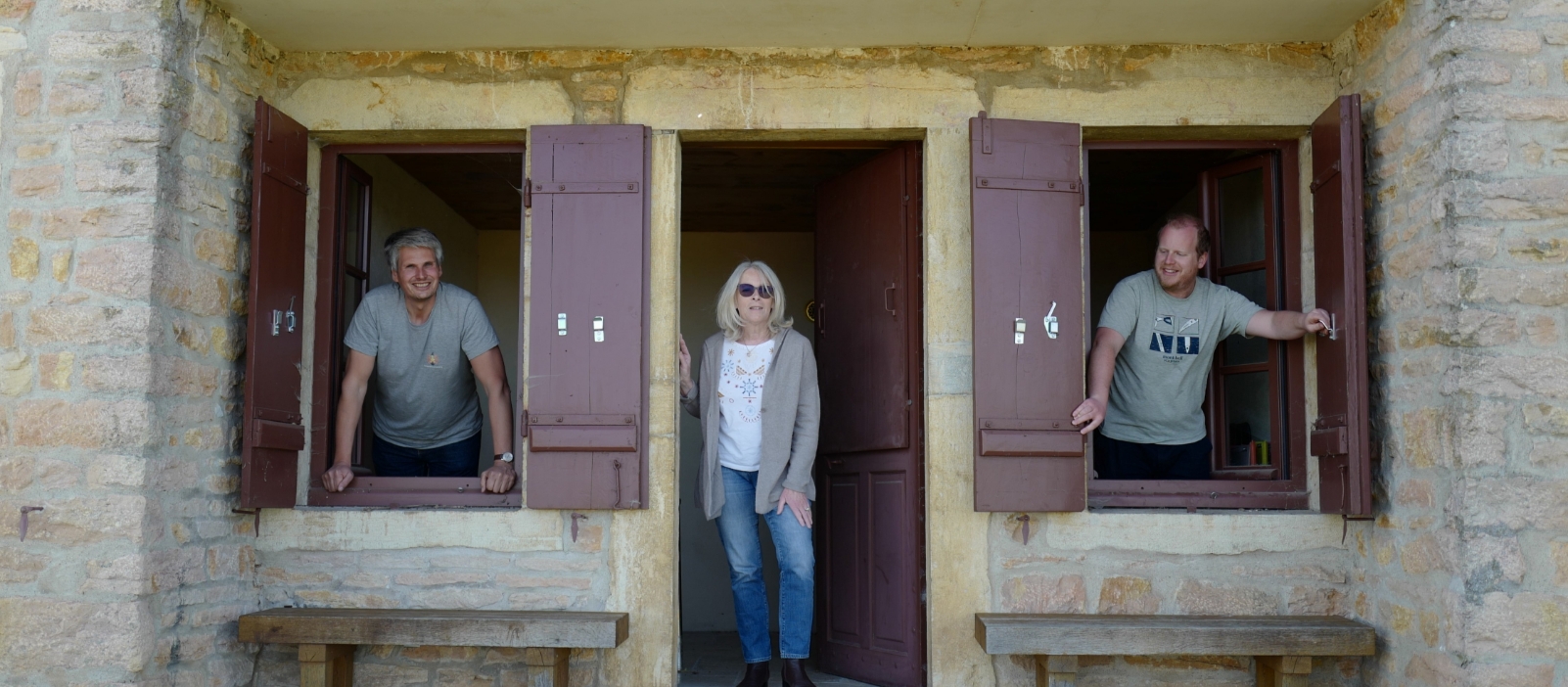Discover the History of Domaine Ponsot
From 1872 to the present...

1872
The foundations
The Domaine Ponsot adventure began in 1872.
A member of the Dijon bourgeoisie and a landowner in Saint Romain, William Ponsot acquired the Clos des Monts Luisants and a plot of Clos de la Roche in Morey Saint Denis in 1872.
1911
Structuring
Hard hit by the phylloxera crisis, William had to pull up his vines. In 1911, he decided to replant his plot of white Clos de Monts Luisants with the original Aligoté grape variety. The 1911 vines are still there more than 100 years later.
His godson, Hippolyte Ponsot, who succeeded him in 1920, extended the estate with another plot of Clos de la Roche.
In the 20s and 30s, he undertook massive replanting of Pinot Noirs, as the quality of the plants replanted just after the phylloxera epidemic was not up to his standards.


Between 1921 and 1936
The Independent Winegrower
To add value to his wines, Hippolyte began bottling them in 1921. He was a pioneer at the time.
From the 1930s onwards, the estate exported its wines. Clos de la Roche 1934 was the first vintage tasted on American soil.
A trained lawyer, he became involved in the battle to defend the Appellations
Contrôlées. In 1936, Morey’s Grands Crus were among the first AOCs to be granted “Appellation Contrôlée” status.
Between 1950 and 1965
Working the Land
Steeped in the values of scouting and a keen geologist, Jean-Marie Ponsot was driven by an understanding and respect for nature.
From the 1950s onwards, he attached great importance to working the soil: keeping it alive, aerated but not compacted. These values still inspire us today.
In 1965, the high-clearance tractor took over from the horse, but mechanisation was not an absolute: our hillside vines are still traditionally planted on terraces.


Between 1970 and 1980
Regeneration and Biodiversity
Massal selections of pinot fin, initiated by Hippolyte and experimented with by Jean-Marie, gave rise in the 70s and 80s to the main clones of pinot fin, most of which come from our Clos de la Roche.
In order to perpetuate this approach, in 2018 we created a conservatory of our 1911 Aligoté and Pinot Noir plants from our oldest vines.
There’s no need to plant hedges or introduce beehives or sheep to encourage biodiversity in our vines. The Clos des Monts Luisants is in itself a reservoir of flora and fauna.
The commercial boom
Bottling in the early 20s and beginning to export in the 30s enabled the Domaine, over the decades, to develop its presence in an increasing number of countries, relying on a network of professionals, importers, distributors, retailers, wine merchants and restaurants.
Today, the Domaine’s wines can be found in some forty countries on four continents.


Technology and Tradition
The estate has always combined tradition and modernity to duly serve its vines, wines and customers.
At the end of the 20th century, the pace of innovation quickened, and the estate acquired cutting-edge winemaking equipment: using temperature control, inert gas, a vertical press…
For over a decade, the development of sensors and NFC technology has enabled us to preserve, trace and track our bottles and guarantee their authenticity for our customers.
A new chapter
Although 2017 marked the opening of a new chapter in the management of the estate, the new management team, supported by the family’s associates, is not on the revolution trail. Instead, they are concentrating on aligning the fundamentals of the winegrowing profession with the values that have driven the estate since 1872.

